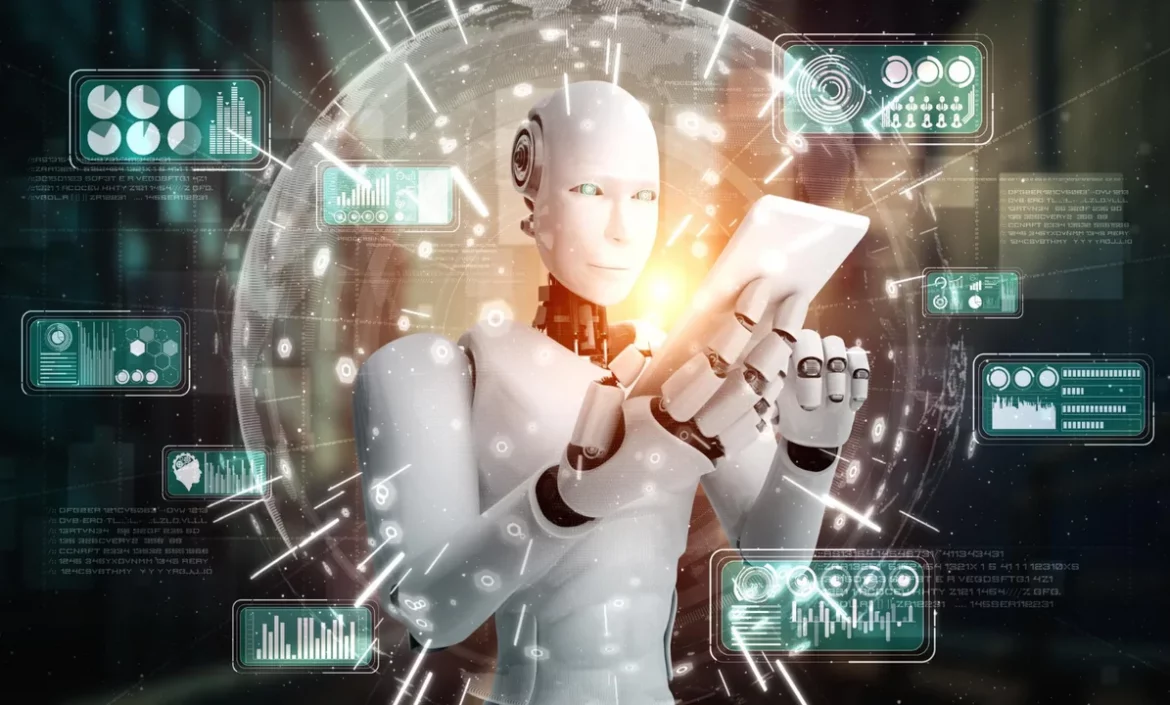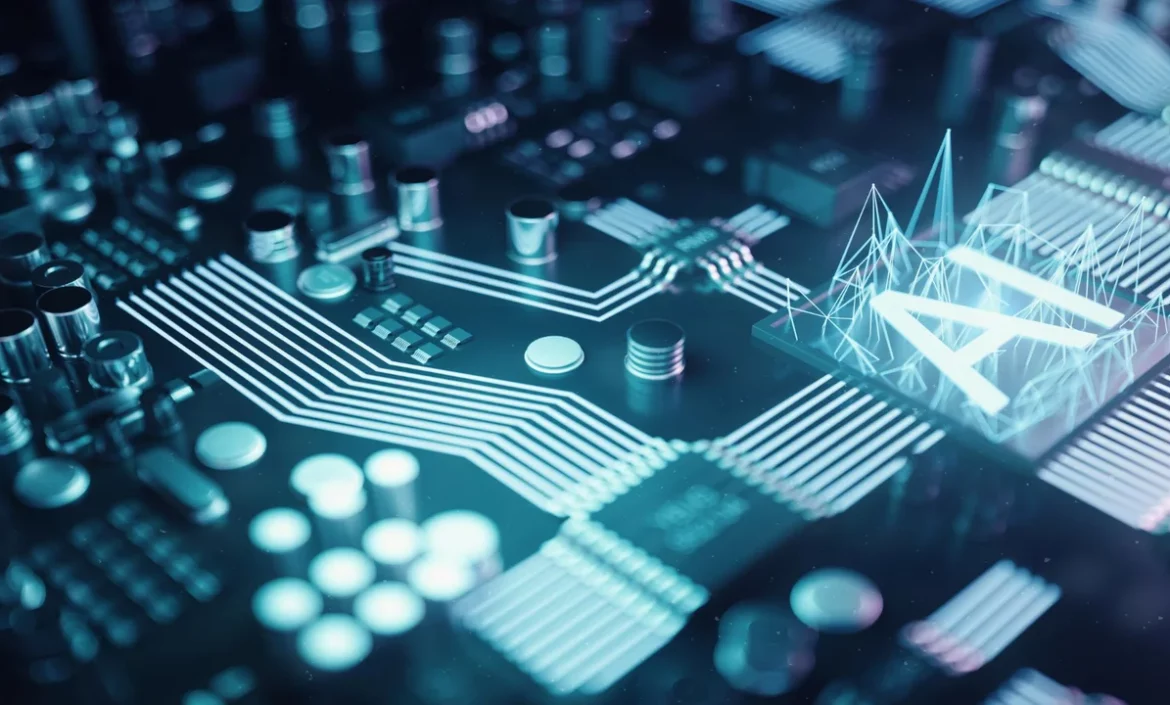What are Machine Learning VS Deep Learning?
What is the difference between deep learning vs machine learning? Deep learning constitutes a type of machine learning, which is a category within artificial intelligence or AI. Machine learning refers to the concept of computers being able to think and act with less human intervention.
On the other hand, deep learning is the process of enabling computers to learn to think using structures modeled on the human brain. In fact, machine learning requires less computing power vs deep learning, and deep learning typically needs less ongoing human intervention.
In other words, deep learning can analyze images, videos, and unstructured data in ways machine learning can’t easily do. Every industry will have career paths that involve machine learning and deep learning.
With new computing technology, machine learning today is different from machine learning in the past. The idea of machine learning originated from pattern recognition. It combines this concept with the concept that computers can learn patterns without being programmed to perform specific functions.
Researchers interested in artificial intelligence or AI wanted to see if computers could learn from data and information. The iterative aspect of machine learning enables the independent adaptability of the model when it is exposed to new data. Computers can learn from previous calculations to achieve reliable, repeatable decisions and optimal results.
Many machine learning algorithms have been used for a long time, but the ability to apply complicated mathematical calculations to vast amounts of data has recently been developed. A typical example of a machine learning application is the self-driving Google car.
Why is machine learning important?
Emerging interest in machine learning is due to the same reasons that have made data mining and analysis more popular than ever. Concepts such as the growing volumes and varieties of accessible data, affordable data storage, and computational processing that is cheaper and more powerful are the reasons machine learning is gaining more importance.
All of these elements combined mean it’s possible to quickly and automatically produce mechanisms that can analyze more complex and large data and deliver faster and more accurate results. By building precise models, an organization has a better chance of identifying profitable opportunities and avoiding unknown risks.
Creating a good machine learning system requires data preparation functions, simple and advanced algorithms, automation and iterative processes, scalability, and ensemble modeling.
Machine Learning VS Deep Learning Mechanisms
Machine Learning Mechanism
The machine learning mechanism can be broken down into three elements: the decision phase, the error function, and the optimization model.
The decision phase: this is the prediction phase. Machine learning uses input data to produce a pattern estimate about the data.
The error function: this function is valuable in the evaluation of the previously created pattern. It can also make a comparison to evaluate the correctness and preciseness of the model.
The optimization model: this phase comprises weight adjustments in order to reduce the discrepancy between the model estimate and the known example. Afterward, the algorithm updates the weight autonomously and optimizes the model until it is considered accurate and concise.
Deep Leaning Mechanism
Deep learning is an instance of machine learning and AI or artificial intelligence that mimics the way humans acquire specific knowledge. Deep learning is an essential component of data science, including statistics and predictive models. This is very useful for data scientists who need to gather, assess, interpret, and analyze vast amounts of data. Deep learning accelerates and facilitates this process.
In general, it is a way to automate predictive analytics. On the other hand, traditional machine learning algorithms are linear, and deep learning algorithms are built on layers of increasing complexity.
To understand deep learning, imagine a child whose first word is a cat. Young children learn what a cat is and what it is not by pointing at something and saying the word cat. Parents say “yes, it’s a cat” or “no, it’s not a cat.” As the child keeps pointing at things, he notices the characteristics that every cat has. This is the mechanism of deep learning.
Computer programs that employ deep learning go through the same process that children learn to identify cats. Each algorithm in the hierarchy applies a non-linear transformation to the input and utilizes what it learns to develop a statistical model as output. The iteration continues until the output reaches an acceptable level of accuracy. The number of layers of processing that data must pass through is the reason it is called Deep.
Models Methods
You can use a variety of methods to create powerful deep learning models. These techniques include reduced learning rates, transfer learning, training from scratch, and dropouts:
Learning rates: The training rate is a hyperparameter that defines the system before the training process or sets the conditions for its operation, controlling the amount of change the model receives depending on the estimation error each time the model weights are changed. If the learning rate is large, the training process can become unstable, and a suboptimal set of weights can be learned.
If the learning rate is too minimal, the training process will be lengthy and can get bogged down. The learning rate annealing method is the process of adjusting the learning rate to improve performance and reduce training time. One of the simplest and most common adjustments to the learning rate during training is to reduce the learning rate over time.
Transfer learning: This process involves the completion of a previously trained model. You need an interface to the inside of your existing network. First, users provide existing networks with new data, including previously unknown classifications.
Once the network has been tuned, you can use the more specific classification features to perform new tasks. This method requires far less data than other methods and has the advantage of reducing computation time to minutes or hours.
Training from scratch: This method requires developers to collect large labeled datasets and configure a network architecture that allows them to learn features and models. This methodology is especially useful for new applications and applications with many output categories.
But overall, it is less common. This is because it requires an excessive amount of data, which can take days or weeks to train. This strategy attempts to solve the problem of overfitting in networks with large parameter sets by randomly removing units and their connections from the neural network during training.
Dropout methods: dropout methods have been demonstrated to improve the performance of neural networks in supervised learning activities in areas such as document classification, speech recognition, and computational biology.






